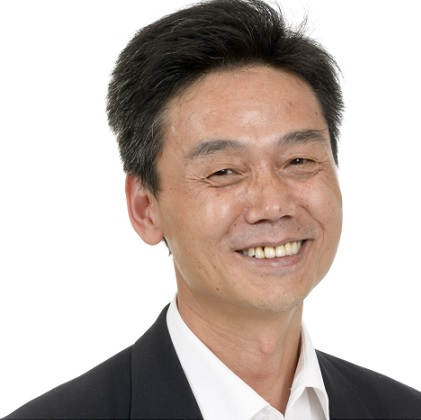Modeling and Simulation of Solid Oxide Cells
A special issue of Energies (ISSN 1996-1073). This special issue belongs to the section "D2: Electrochem: Batteries, Fuel Cells, Capacitors".
Deadline for manuscript submissions: 31 January 2025 | Viewed by 2073
Special Issue Editors
Interests: fuel cells; electrolysis cells; hydrogen energy
Special Issues, Collections and Topics in MDPI journals
Special Issue Information
Dear Colleagues,
The world is witnessing and experiencing major issues arising from climate change. Electrochemical converters play crucial roles in mitigating these issues. Among them, solid oxide cells (SOCs) are able to operate in fuel cells (SOFCs), electrolysis cells (SOECs) or even reversible solid oxide cells (RSOC) with different gas components, which represent a very promising technology for carbon-neutral attainment and decarbonization. SOCs exhibit relatively high efficiency but face challenges from electrode/cell material science, stack assembling, thermal management, system integrity and control, etc. To overcome these challenges, various computational and modeling techniques have been proposed and developed which allow for the systematic simulation, design and optimization of SOCs at different levels, aiming to provide valuable insights into the phenomena occurring within the cells, stacks and systems that reduce the development cycles.
This Special Issue aims to present and disseminate the most recent advances related to modern modeling and simulation technologies, as well as applications ranging from material design to system control in the field of SOCs, including SOFCs, SOECs and RSOCs.
Topics of interest for publication include but are not limited to the following:
- All aspects of modeling and simulation in the field of SOCs;
- Physical models, data-driven models and hybrid methods;
- Static and dynamic operating performance evaluated by various models and simulations;
- Control strategy-oriented modeling and simulation;
- Technoeconomic analysis;
- Advanced modeling and simulation approaches;
- Model fidelity.
Prof. Dr. Jinliang Yuan
Dr. Shidong Zhang
Guest Editors
Manuscript Submission Information
Manuscripts should be submitted online at www.mdpi.com by registering and logging in to this website. Once you are registered, click here to go to the submission form. Manuscripts can be submitted until the deadline. All submissions that pass pre-check are peer-reviewed. Accepted papers will be published continuously in the journal (as soon as accepted) and will be listed together on the special issue website. Research articles, review articles as well as short communications are invited. For planned papers, a title and short abstract (about 100 words) can be sent to the Editorial Office for announcement on this website.
Submitted manuscripts should not have been published previously, nor be under consideration for publication elsewhere (except conference proceedings papers). All manuscripts are thoroughly refereed through a single-blind peer-review process. A guide for authors and other relevant information for submission of manuscripts is available on the Instructions for Authors page. Energies is an international peer-reviewed open access semimonthly journal published by MDPI.
Please visit the Instructions for Authors page before submitting a manuscript. The Article Processing Charge (APC) for publication in this open access journal is 2600 CHF (Swiss Francs). Submitted papers should be well formatted and use good English. Authors may use MDPI's English editing service prior to publication or during author revisions.
Keywords
- solid oxide cells (SOCs)
- SOFCS, SOECs and RSOCs
- modeling and simulation
- new electrode materials
- cell/stack design
- system integration and control
- electric–hydrogen conversion and coupling
Benefits of Publishing in a Special Issue
- Ease of navigation: Grouping papers by topic helps scholars navigate broad scope journals more efficiently.
- Greater discoverability: Special Issues support the reach and impact of scientific research. Articles in Special Issues are more discoverable and cited more frequently.
- Expansion of research network: Special Issues facilitate connections among authors, fostering scientific collaborations.
- External promotion: Articles in Special Issues are often promoted through the journal's social media, increasing their visibility.
- e-Book format: Special Issues with more than 10 articles can be published as dedicated e-books, ensuring wide and rapid dissemination.
Further information on MDPI's Special Issue polices can be found here.






